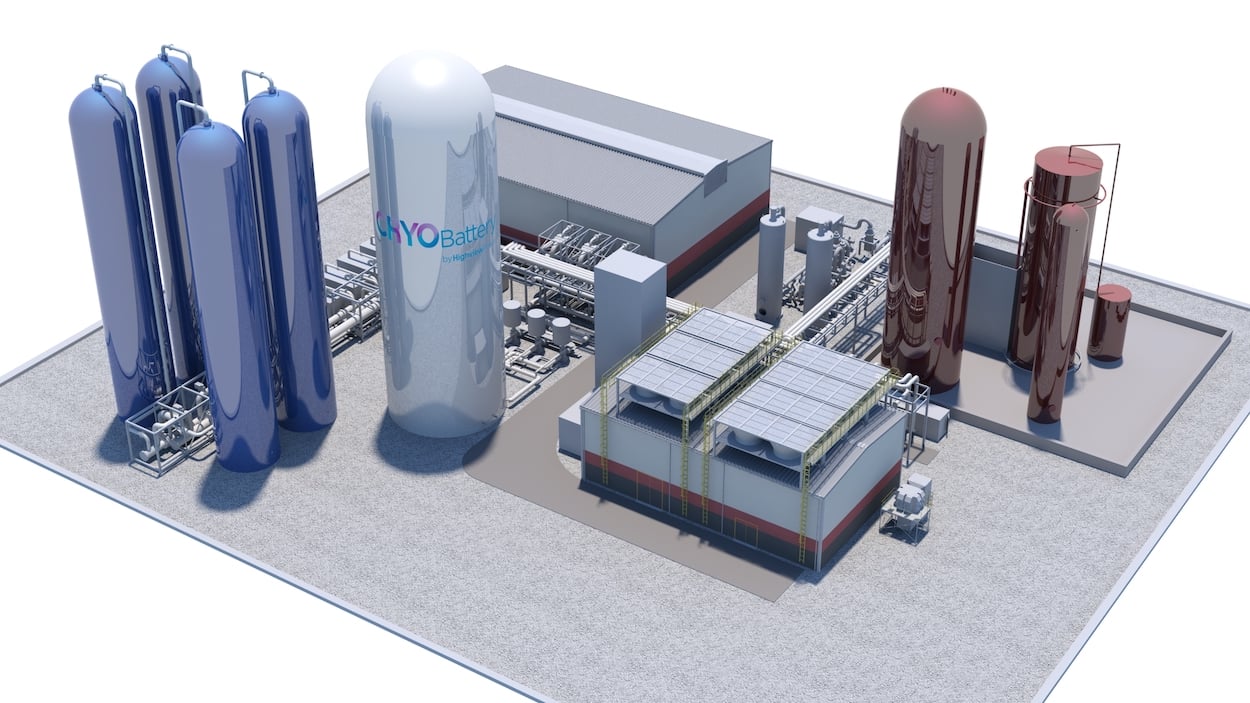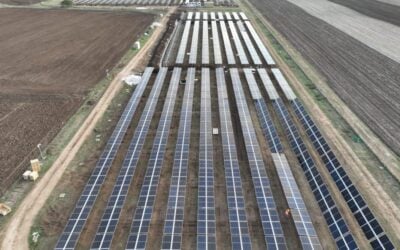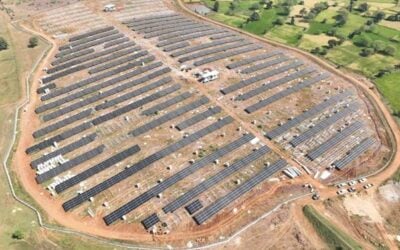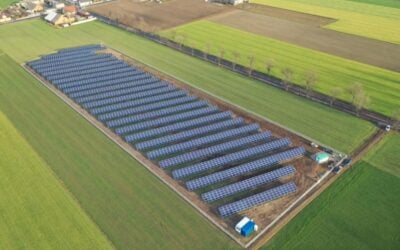
Energy market mechanisms must evolve in order to support long-duration energy storage, with the existing frameworks having “significant problems” incentivising those technologies, a panel of experts has concluded.
Speaking on a panel debating the policy landscape for long-duration storage at the ongoing Energy Storage Summit 2021, organised by Energy-Storage.news publisher Solar Media, Robert Hull, managing director at energy advisory Riverswan and formerly managing director of UK energy market regulator Ofgem, highlighted how while overall policy remains supportive of long-duration energy storage technologies, revenue-generating mechanisms are failing to live up to that promise.
Enjoy 12 months of exclusive analysis
- Regular insight and analysis of the industry’s biggest developments
- In-depth interviews with the industry’s leading figures
- Annual digital subscription to the PV Tech Power journal
- Discounts on Solar Media’s portfolio of events, in-person and virtual
Hull noted how almost all of the UK’s 4GW suite of long-duration energy storage assets, which in itself is almost entirely pumped hydro, was all built decades ago after the UK energy market was privatised.
This lack of market activity for long-duration energy storage comes against a backdrop of prolific developments for other technologies, specifically lithium-ion batteries, in the UK market where frameworks such as the Balancing Mechanism, used by UK system operator National Grid ESO to balance power supply and demand, and the Capacity Market (CM), which is used to address seasonal generation capacity margins, have proven fertile ground for asset operators to ‘stack’ different sources of revenue.
However the same cannot, at least currently, be said for long-duration energy storage technologies, with Hull suggesting that there are challenges in such incentives “not giving the long-term price signals to the services provided by long-duration storage”, such as ancillary services.
“The market [for long-duration storage] won’t develop unless that tweak to current mechanisms is made,” Hull said, adding that the “missing gap needs to be filled to give investors confidence”.
Hull’s view was echoed by Anthony Price, managing director at UK-based energy storage consultancy Swanbarton, who suggested that while various tweaks to the UK’s energy market had enabled the addition of renewable energy assets, there had not yet been the same effect for long-duration energy storage.
One potential solution to this, Price suggested, would be a modernisation of the CM in order to make it more relevant to the evolving needs of the power system.
Presently, the CM auctions for generation capacity to be available throughout the winter months in the event of a surge in demand or other system stresses. This has placed value on the generation potential of energy infrastructure but not, as Price suggested, any asset’s inherent flexibility. A modification to the CM which reflected the potential of long-duration energy storage – or any other storage asset – to not just discharge but also charge from the grid when required, would make the CM mechanism more relevant to a power system transitioning towards a high-renewable, net zero status.
An alternative would be an escalation of carbon policy, such as the European Union’s Emissions Trading Scheme, which imposed more significant costs on carbon-emitting generators that enabled long-duration energy storage technologies to compete on cost with cheaper, fossil fuel-fired generators such as combined cycle gas turbines (CCGTs).
The Energy Storage Summit 2021 continues on 3 March while all previous sessions are available to view on-demand for attendees. See the website for more details.






